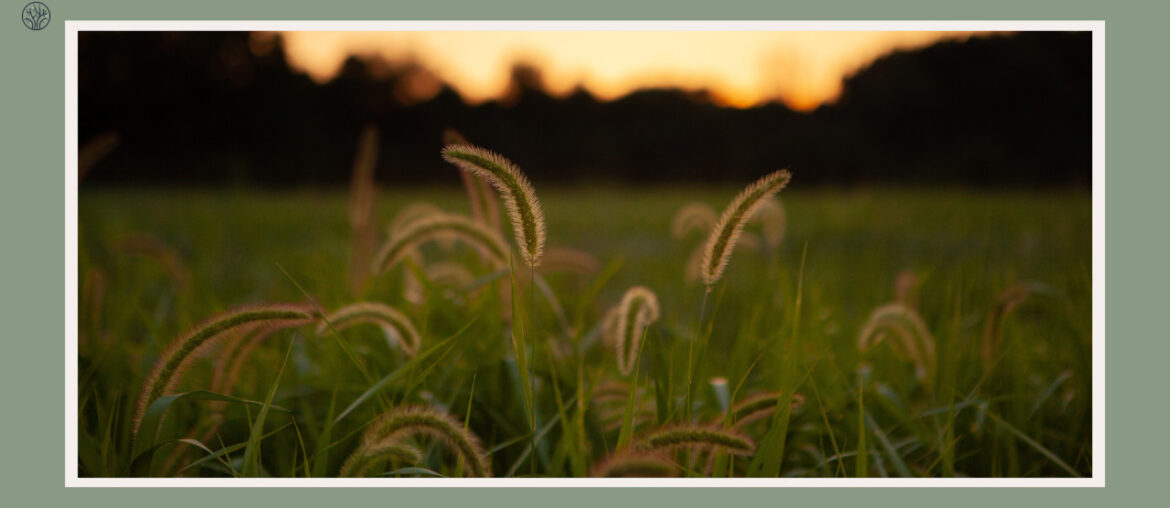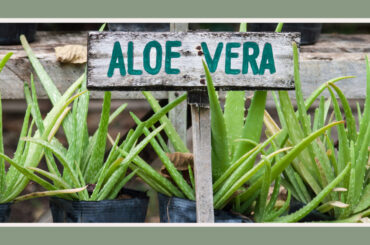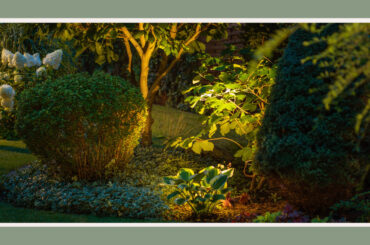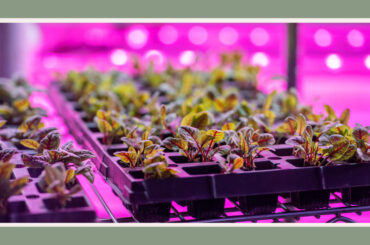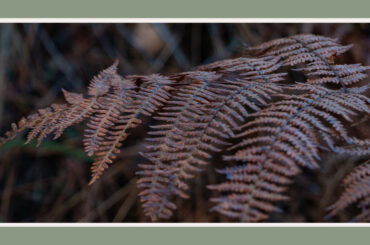We don’t really stop to think when we walk through a meadow or take care of our lawns: Is grass a living thing? Well, the answer is actually pretty fascinating. Grass is actually one of the oldest living things on Earth. It may come as a surprise, but once we dig into what grass really is, there’s no doubt that it’s a living thing.
Key Takeaways
1. Is grass a living thing? Yes, grass is a living organism that exhibits essential life processes such as growth, reproduction, photosynthesis, and response to environmental stimuli.
2. Proffs that grass is a living thing:
- Grass performs photosynthesis, using chlorophyll to convert sunlight into energy, a fundamental trait of living plants.
- It has a reproductive cycle, involving both sexual (seeding) and asexual (tillering, rhizome growth) methods.
3. Grass’s characteristics:
- Grass is adaptable and capable of altering its growth in response to environmental factors like light, water, and temperature.
- It plays a vital role in ecosystems, contributing to soil health and supporting biodiversity.
Why Is Grass A Living Thing?
Grass isn’t just some plain ground cover—it’s actually a living thing! It’s alive with all sorts of creatures and activity, and it plays a super important role in our world. To understand why grass is alive, we gotta dive into its biology and how it interacts with the environment.
Role of Chlorophyll
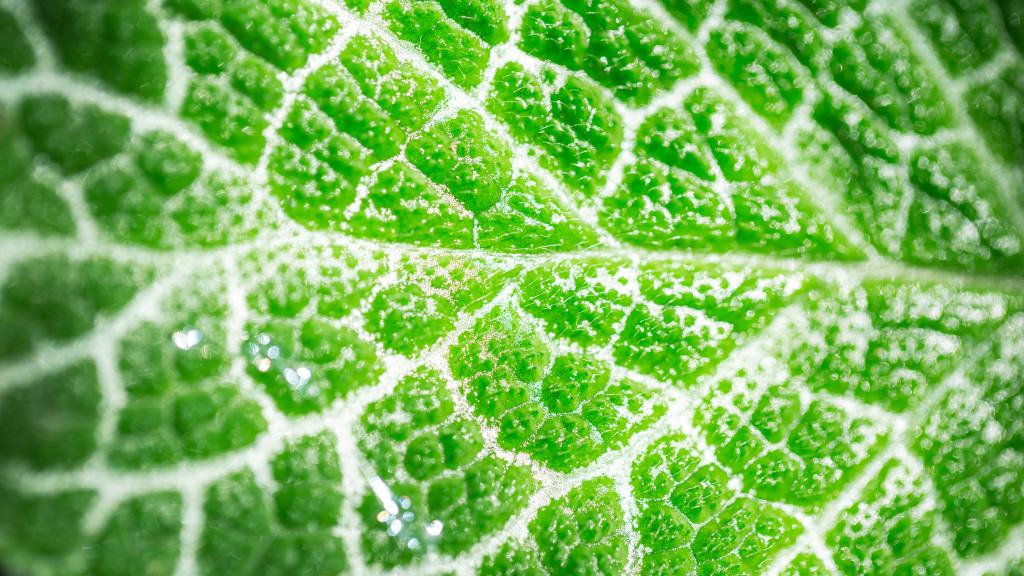
One of the main indicators of grass being alive is the presence of chlorophyll. This green pigment is vital for photosynthesis, the process by which plants (including grass) convert sunlight into energy. Chlorophyll allows grass to produce its own food, a fundamental characteristic of living organisms. Additionally, this process releases oxygen into the atmosphere, contributing to the continuity of life.
A Self-Sustaining Organism
Grass is a self-sustaining organism that can grow, repair, and reproduce. When a blade of grass is cut or damaged, the plant can heal itself and keep growing. This shows the resilience and adaptability of living entities. Grass also reproduces by producing seeds or spreading its roots, ensuring its survival and diversity. Grass can also adjust to different conditions, such as water availability, temperature, and sunlight exposure, by changing its growth patterns.
Ability to Respire and Interact
But you know what’s really cool? Grass breathes! Grass takes in carbon dioxide and releases oxygen, a process that is not only a sign of life but also crucial for the survival of other living beings. Moreover, grass interacts with its environment in remarkable ways. It can respond to external stimuli, such as light and touch, and has a symbiotic relationship with various organisms, from microorganisms in the soil to the animals that graze upon it.
So yeah, the grass is definitely alive. Its ability to perform photosynthesis, self-sustain, repair, reproduce, respire, and interact with its environment are all characteristics that define it as a living organism.
Characteristics Of Grass
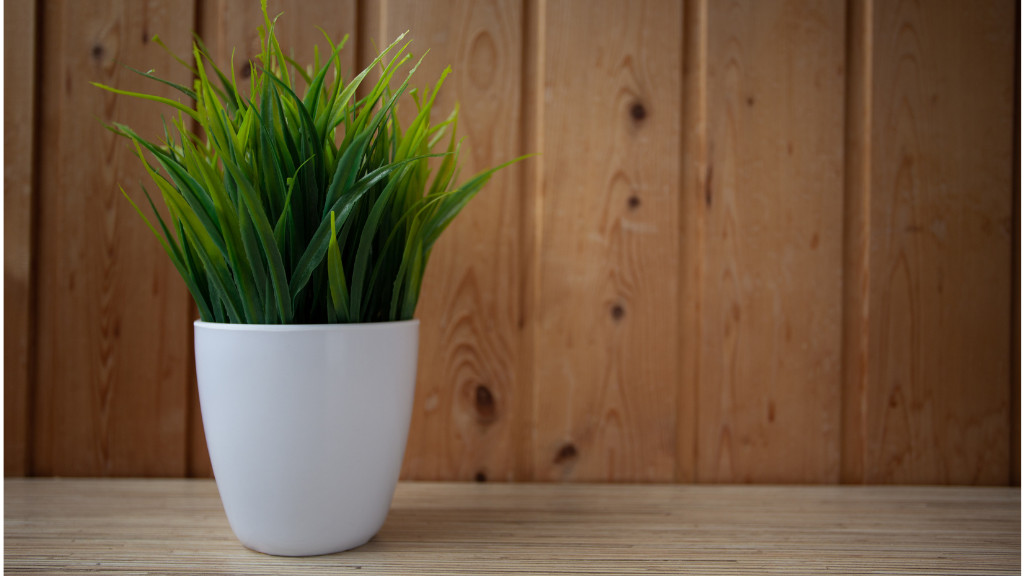
Grass, you see it everywhere, is pretty interesting. It’s not just a basic plant; it’s actually pretty complex and adaptable. Knowing all this helps us understand how grass is important in ecosystems all over the world.
How Grass Feeds And Produces Food
Like many other plants, grass relies heavily on photosynthesis to produce food, which is critical for its survival.
- Photosynthesis: The main way grass feeds itself and makes food is through photosynthesis. This process occurs in the leaves, which contain the green pigment chlorophyll. Chlorophyll soaks up sunlight and uses it to turn carbon dioxide (CO2) from the air and water (H2O) from the soil into glucose.
- Energy Conversion: During photosynthesis, sunlight energy is changed into chemical energy in the form of glucose. This energy is vital for various functions of the grass, from growth to repair and reproduction.
- Oxygen Production: Photosynthesis also benefits other living things by producing oxygen (O2), which is released into the atmosphere. This process makes grass an important part of the global ecosystem, contributing to the oxygen supply needed by animals and humans.
- Nutrient Absorption: Grass roots play a vital role in feeding the plant. They absorb water and nutrients, like nitrogen, phosphorus, and potassium, from the soil. These nutrients are crucial for the health and growth of the grass, helping in everything from root development to disease resistance.
- Adaptation to Environment: Grass has the remarkable ability to adapt to different environmental conditions. For instance, in hot and dry climates, some grasses can switch their photosynthetic pathway to conserve water, showing their resilience and adaptability.
Through photosynthesis, nutrient absorption, and environmental adaptation, grass demonstrates a sophisticated way of feeding itself and producing food. This process highlights its role as a living, self-sustaining organism, essential to the health of our planet’s ecosystems.
The Reproductive Cycle Of Grass
Grass is a living entity that has a complex and diverse reproductive cycle. It can reproduce both sexually and asexually, depending on the type and condition of the grass. This cycle is also influenced by seasonal changes, which affect the timing and frequency of flowering and seeding.
- Sexual Reproduction: Grass flowers are usually less noticeable than those of other flowering plants, but they serve the same purpose of facilitating pollination. The seeds, once matured, fall to the ground and, under the right conditions, germinate to produce new grass plants. The seeds can also be dispersed by animals, water, or human activities, increasing the range and diversity of grass.
- Asexual Reproduction: Grass also reproduces asexually through methods like tillering and rhizome or stolon formation. Tillering is the growth of new shoots from the base or nodes of existing ones. Rhizomes and stolons are types of underground or above-ground stems, respectively, that grow horizontally and sprout new plants at intervals. This method allows grass to spread and cover the ground efficiently.
The reproductive cycle of grass is often influenced by seasonal changes. Some grasses flower and seed in spring or early summer, while others may do so in the fall. Understanding these cycles is crucial for effective lawn care and maintenance.
For example, cool-season grasses, which grow best in cooler climates, tend to flower and seed in the spring or early summer. This means that they need more water and fertilizer during this period, as well as regular mowing to prevent the seeds from spreading. While warm-season grasses, which grow best in warmer temperatures, tend to flower and seed in the fall. This means that they need less water and fertilizer during this period, as well as less frequent mowing to allow the seeds to mature.
Growth Conditions
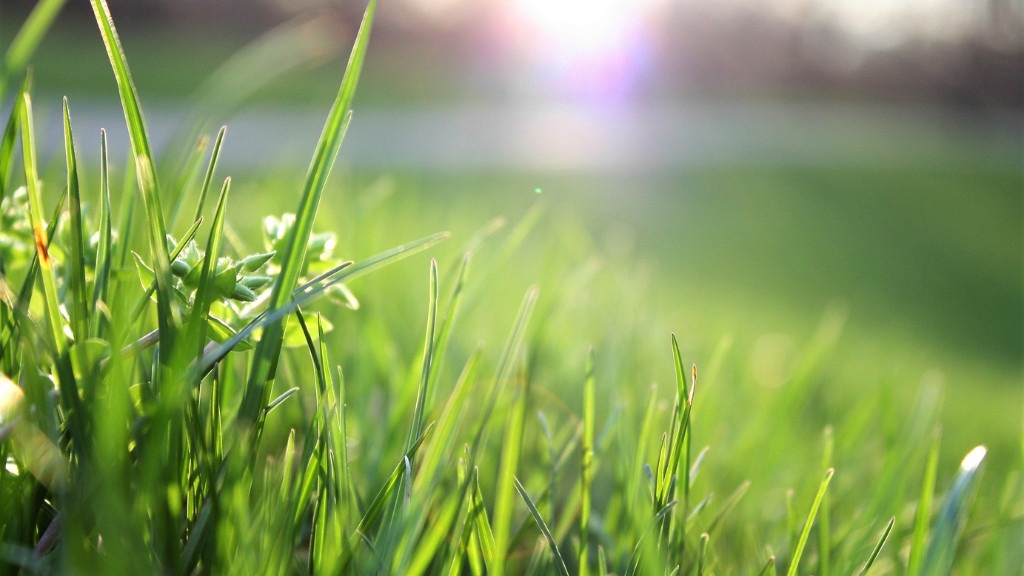
Grass can grow under many environmental conditions, making it a highly adaptable plant species. Some of the factors that affect grass growth are:
- Sunlight: Grass requires sunlight for photosynthesis. The amount of sunlight needed can vary among different grass species, with some thriving in full sun and others adapted to partial shade.
- Water: Grass needs enough water to grow well. Different types of grass need different amounts of water, with some being able to withstand drought and others needing regular watering to stay healthy and green.
- Soil: The type and quality of soil make a big difference for grass. Grass generally likes well-drained soil that has lots of organic matter. The pH of the soil can also impact how well grass grows, with most types preferring slightly acidic to neutral soil.
- Temperature: Different types of grass are adapted to different temperatures. Cool-season grasses like cooler climates and grow best in spring and fall. Warm-season grasses do better in warmer temperatures and are most active in summer.
- Maintenance: Stuff like how high you mow the grass, fertilizing, and pest control all affect how well it grows. Taking good care of your lawn can make the grass look and grow better, and help it handle different environmental challenges.
Knowing how grass reproduces and what it needs to grow well helps you understand how complex it is as a living thing. These things not only affect how grass looks and feels but also its ability to adapt and thrive in different environments.
Types Of Grass
Grass is a living entity that has many different types, each suited to specific climates and conditions. One of the main ways to classify grasses is by their growth patterns in relation to temperature. This classification leads us to two main types: cool-season and warm-season turfgrasses.
Cool Vs. Warm-Season Turfgrasses
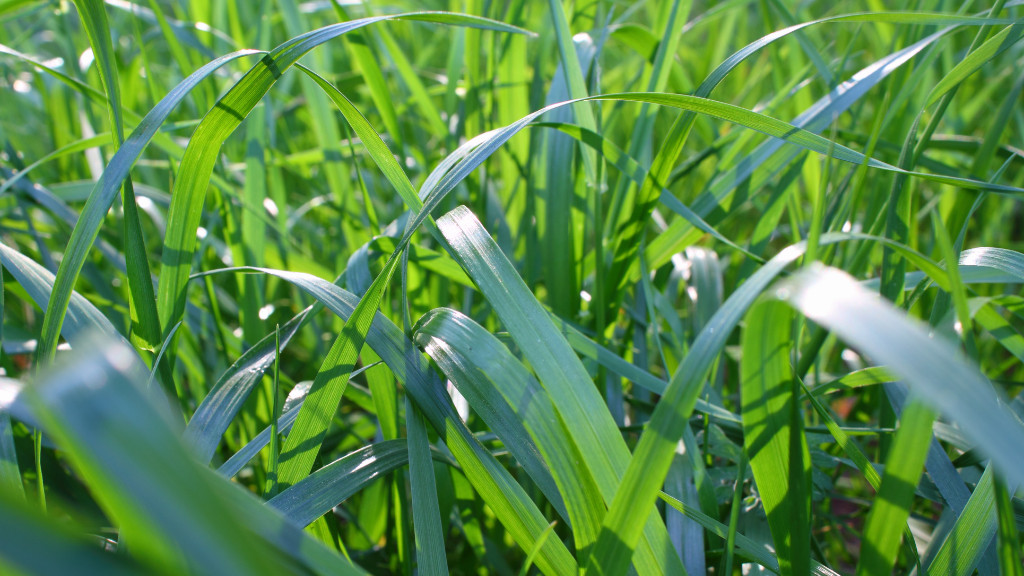
Cool-Season Turfgrasses: These are grasses that grow best in the spring and fall when temperatures are mild. They tend to struggle in the heat of summer and often need more water to keep their health and color. Some examples of cool-season grasses are Kentucky bluegrass, perennial ryegrass, and fescues. They are common in regions with cold winters and mild summers, such as the northern United States and Canada. These grasses are known for their deep green color and ability to survive cold temperatures and frost.
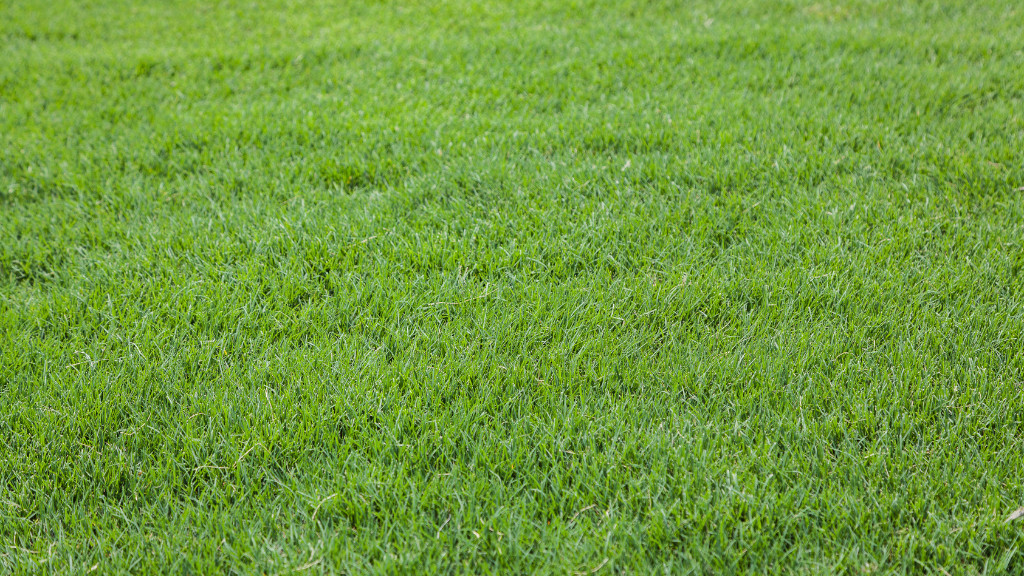
Warm-Season Turfgrasses: In contrast, warm-season grasses are adapted to hotter climates and have their peak growth in the warm summer months. They are more drought-resistant than cool-season varieties and can handle high temperatures without losing their vigor. Some examples of warm-season grasses are Bermuda grass, zoysia grass, and St. Augustine grass. They are prevalent in the southern United States, where summers are long and hot, and winters are mild. Warm-season grasses often go dormant and may turn brown in the cooler winter months but quickly recover with the return of warm weather.
Ornamental Grasses
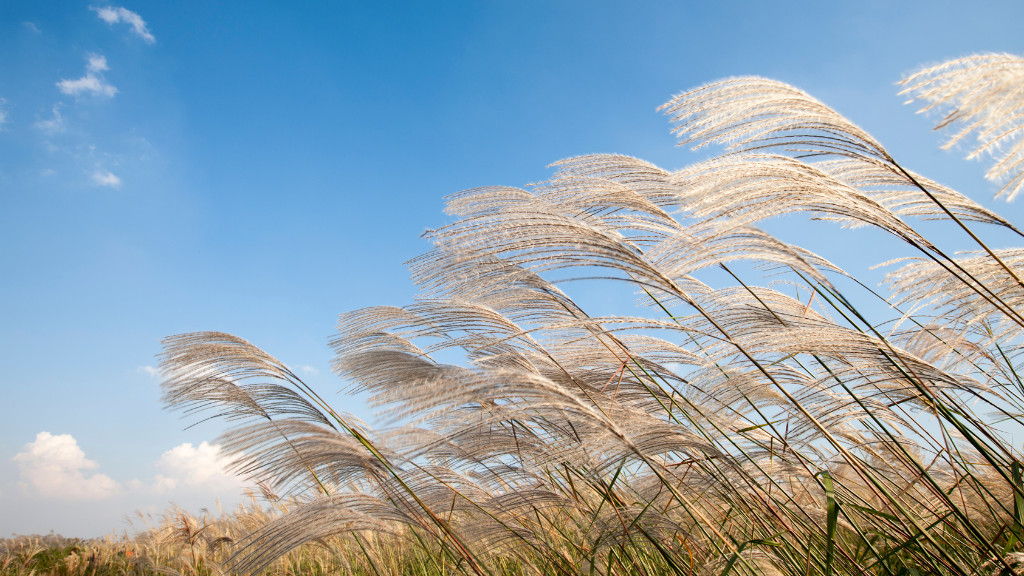
Ornamental grasses are a great way to add beauty and variety to gardens and landscapes. Unlike turfgrasses, which are mainly used for lawns and sports fields, ornamental grasses are valued for their decorative features, such as colorful leaves, distinctive textures, and elegant plumes. These grasses come in various sizes, colors, and shapes, making them versatile for different landscape designs.
- Variety and Versatility: Ornamental grasses include species like Miscanthus, Fountain Grass, and Japanese Silver Grass. They can range from low-growing varieties that form neat mounds to tall, majestic grasses that can reach several feet in height. Their colors also vary widely, from vibrant greens to deep purples and even striking blues.
- Low Maintenance: One of the appealing aspects of ornamental grasses is their low maintenance requirements. They are generally hardy, drought-resistant, and can thrive in various soil types. This makes them an excellent choice for adding texture and movement to gardens with minimal upkeep.
- Year-Round Interest: Ornamental grasses provide visual interest throughout the year. In summer, they are lush and vibrant, while in fall, they often change color, adding a new dimension to the garden. Even in winter, when most plants have died back, the dried stalks and seed heads of ornamental grasses can provide structure and beauty to the landscape.
FAQs
What kind of living thing is grass?
Grass is a living plant. Specifically, it belongs to the family Poaceae, which is one of the most widespread and diverse plant families. Grasses are characterized by their slender leaves and hollow stems, and they play a crucial role in ecosystems around the world, providing food for animals and contributing to soil health.
Is grass a living thing for kids?
Yes, grass is a living thing, and this concept can be fascinating for kids to learn. Grass grows, needs nutrients and water, breathes, and reproduces, just like other living organisms. Teaching children about the life cycle of grass can be a great way to introduce them to basic biological concepts and the importance of plants in our environment.
Is grass a plant or just a thing?
Grass is definitely a plant. It performs photosynthesis which is a defining characteristic of plants. Grass also has roots, leaves, and often flowers, which are typical features of plants.
Why dogs are attracted to grass?
Dogs may be attracted to grass for several reasons. Some dogs enjoy the texture or taste of grass, while others might eat it to induce vomiting if they feel unwell. It’s also a natural behavior for dogs to explore their environment, and grass can be intriguing due to its texture and smell.
Why does grass release a distinct smell when cut?
The distinct smell released when grass is cut is due to compounds called green leaf volatiles (GLVs). When grass is cut, it releases these compounds as a way to heal the cut and to signal distress. This scent is often associated with the freshness of a newly mown lawn.
How does grass contribute to environmental sustainability?
Grass plays a significant role in environmental sustainability. It helps in carbon sequestration, capturing carbon dioxide from the atmosphere. Grass also prevents soil erosion, supports biodiversity by providing habitat and food for various organisms, and contributes to the water cycle through transpiration. Additionally, grass-covered areas can reduce the urban heat island effect, making urban environments cooler.

